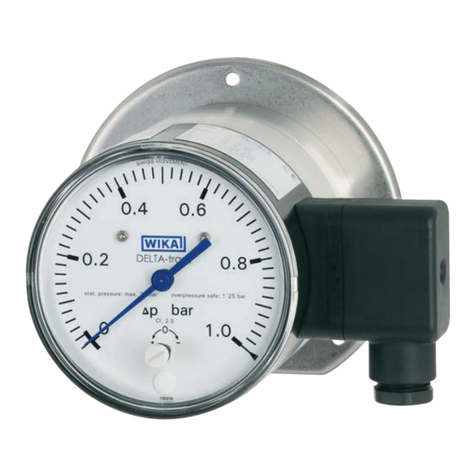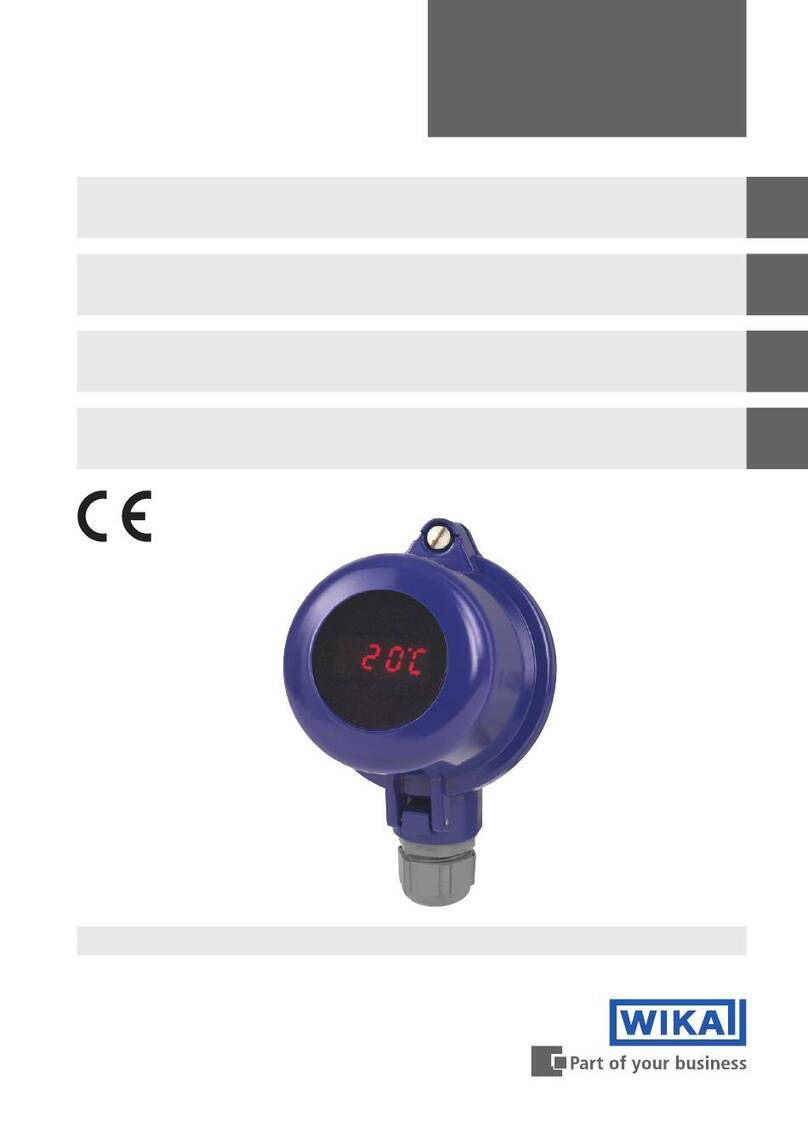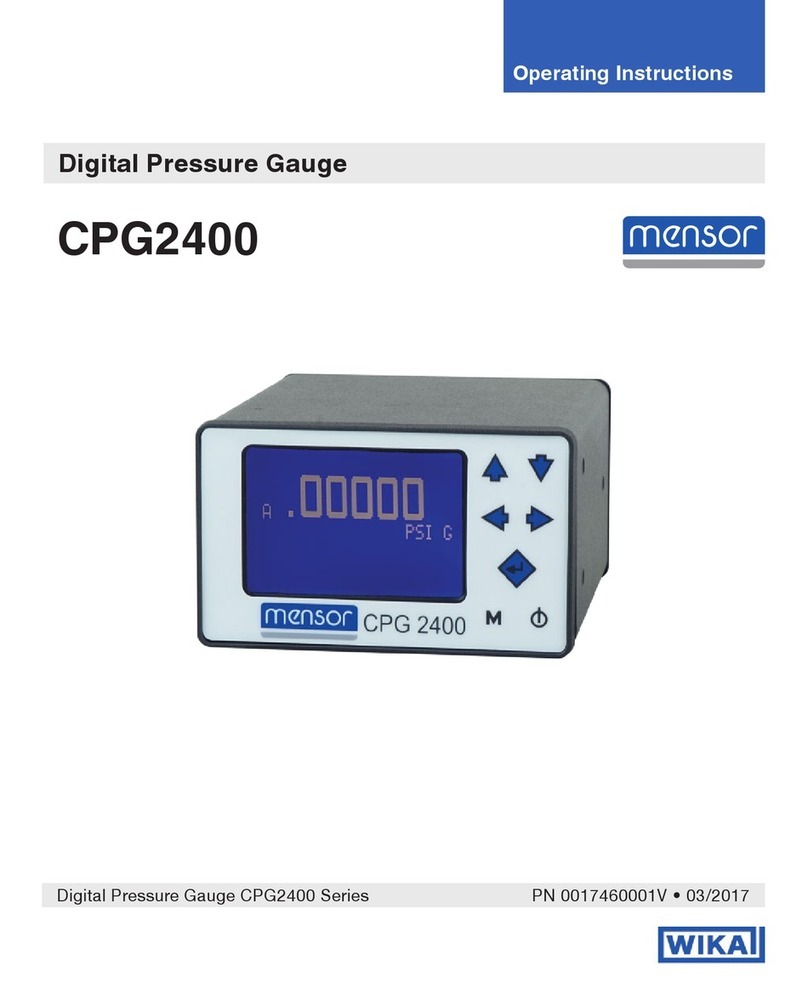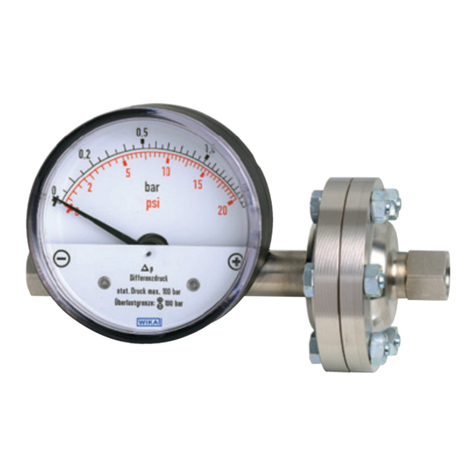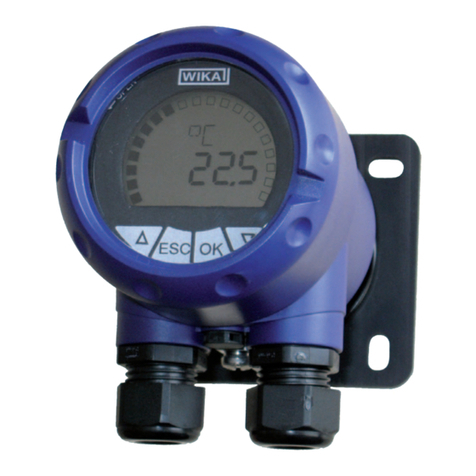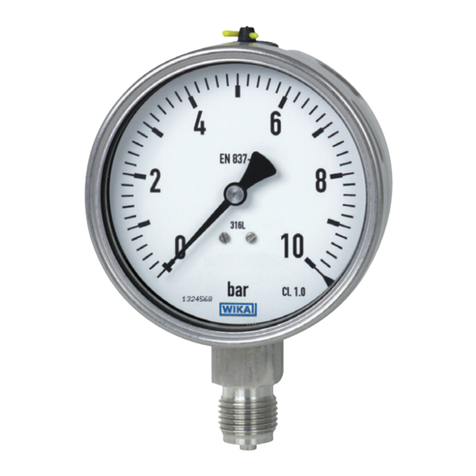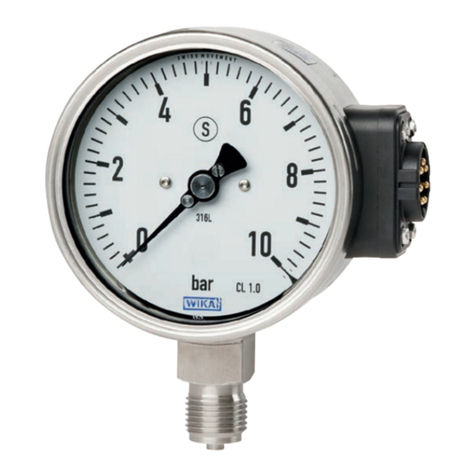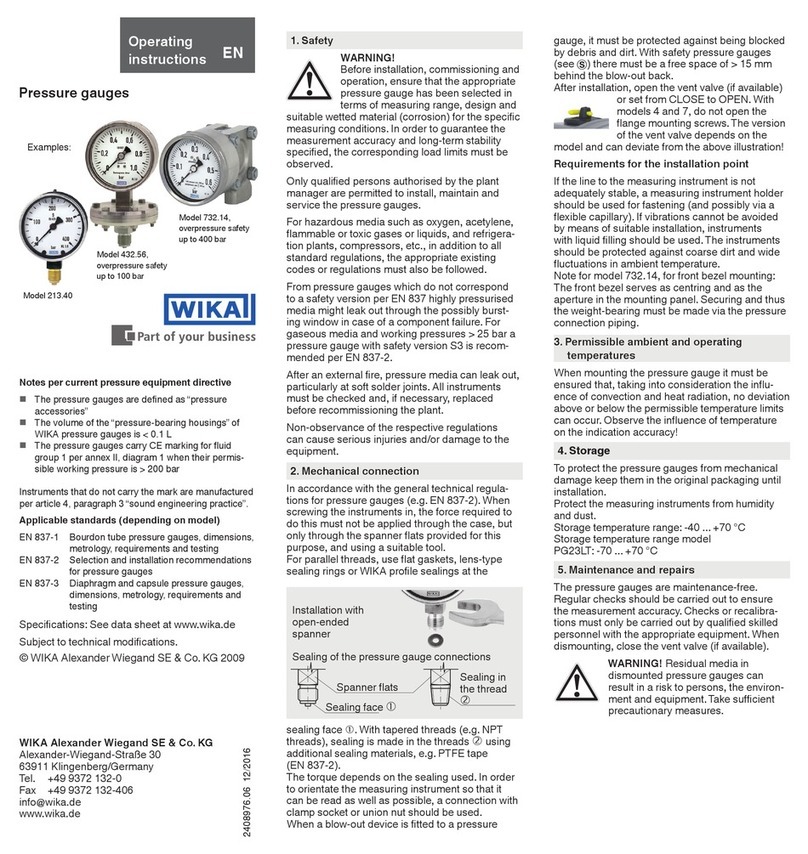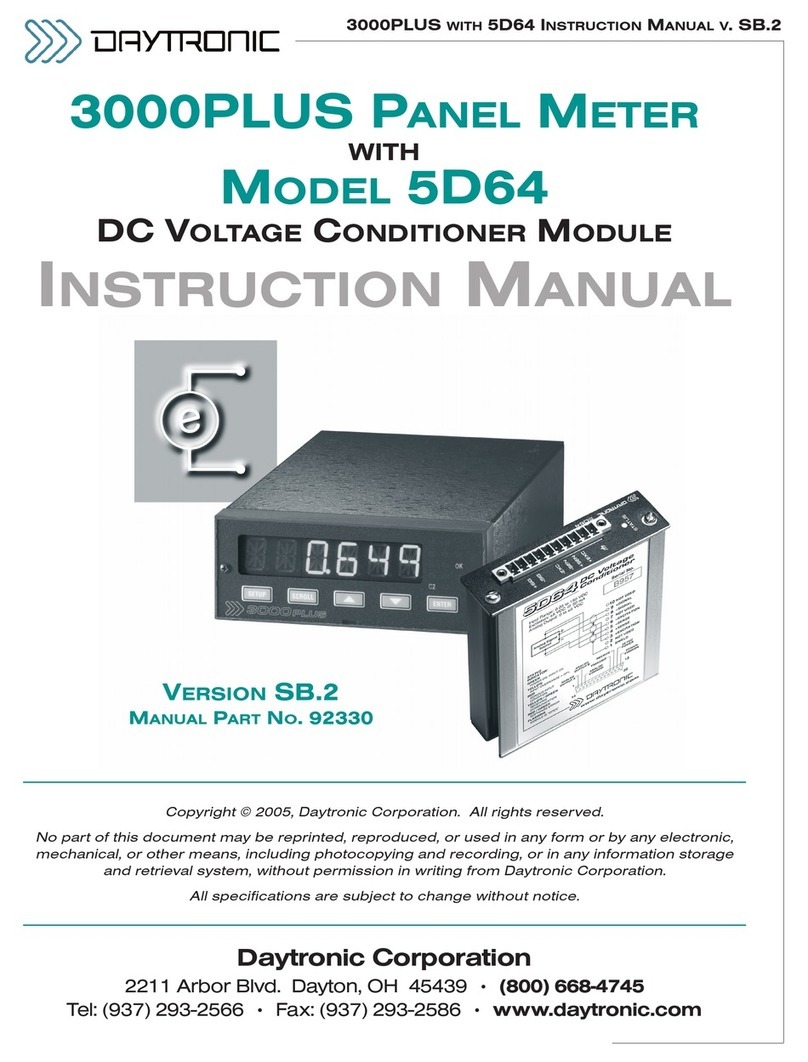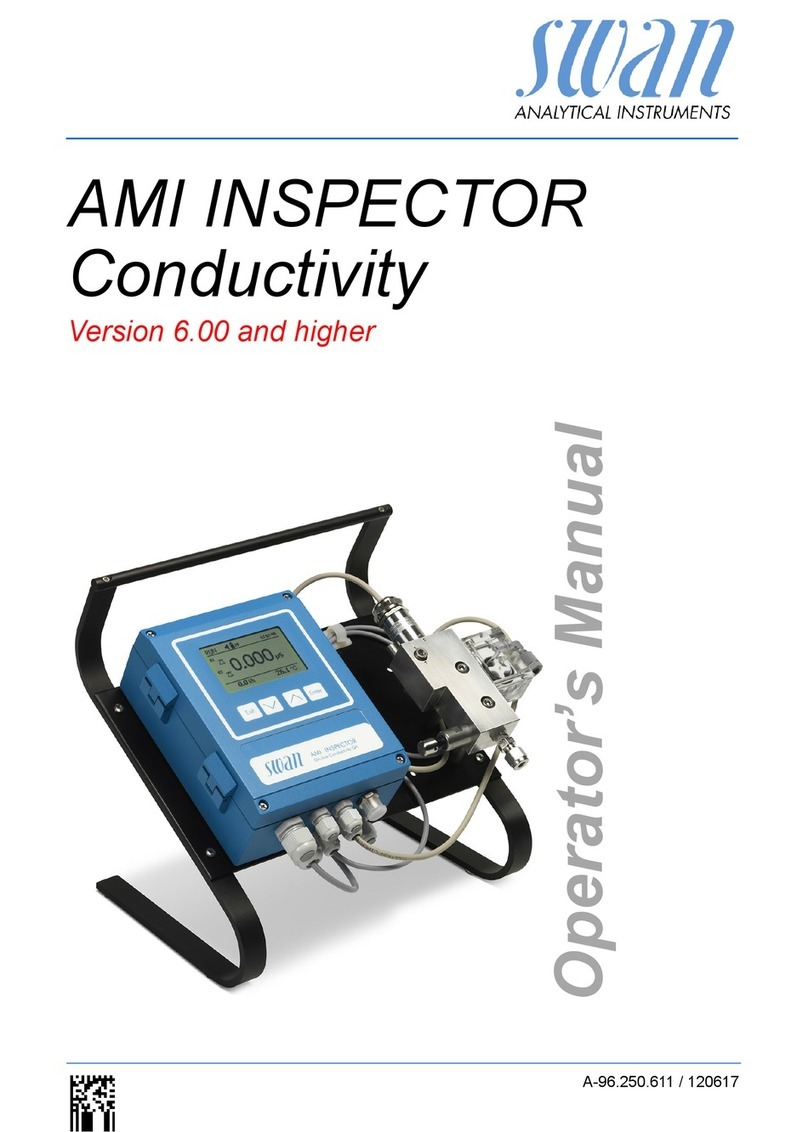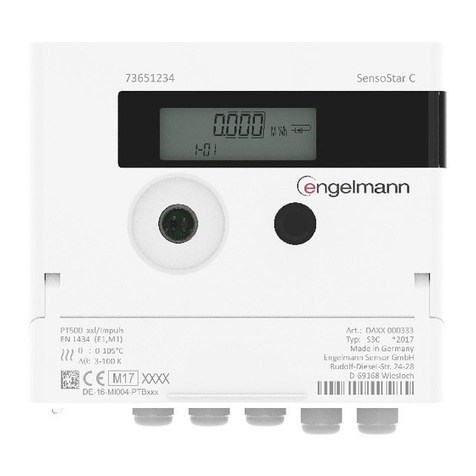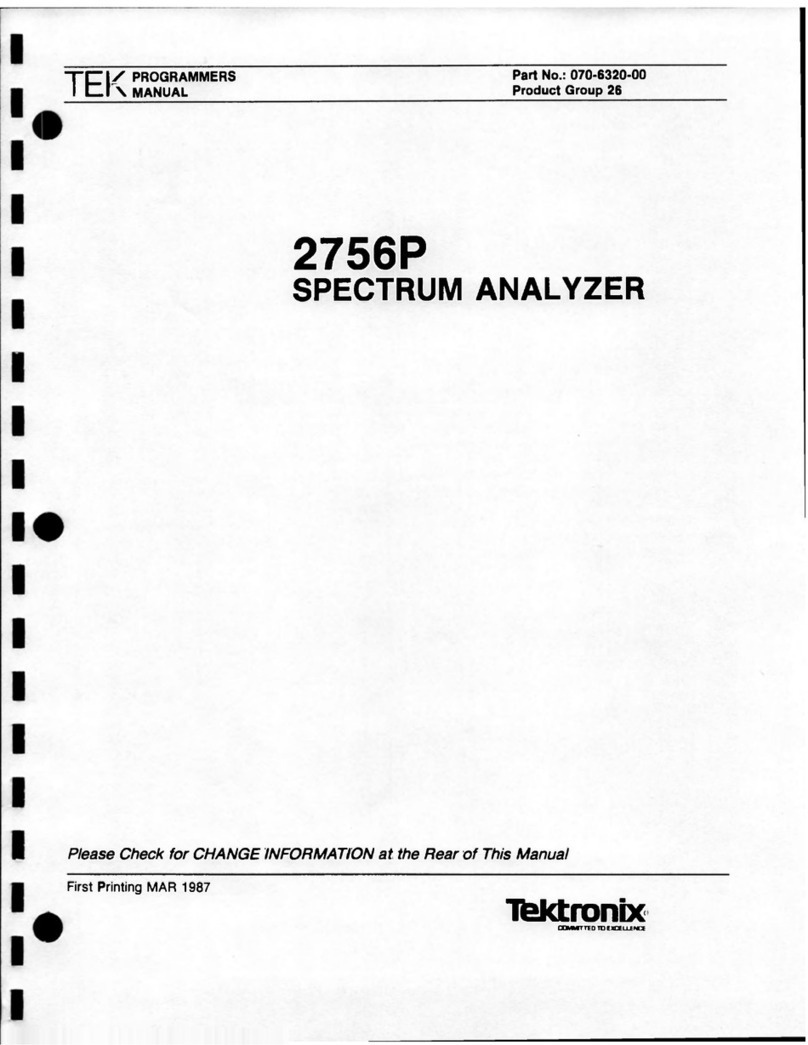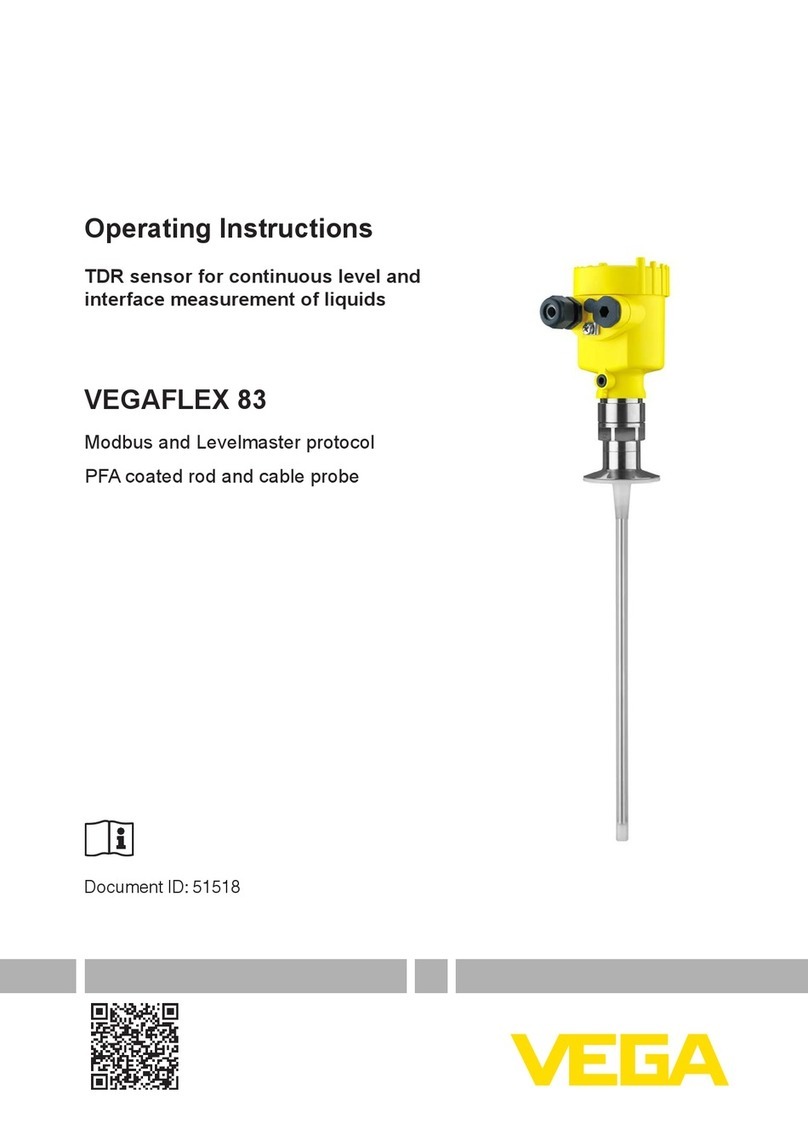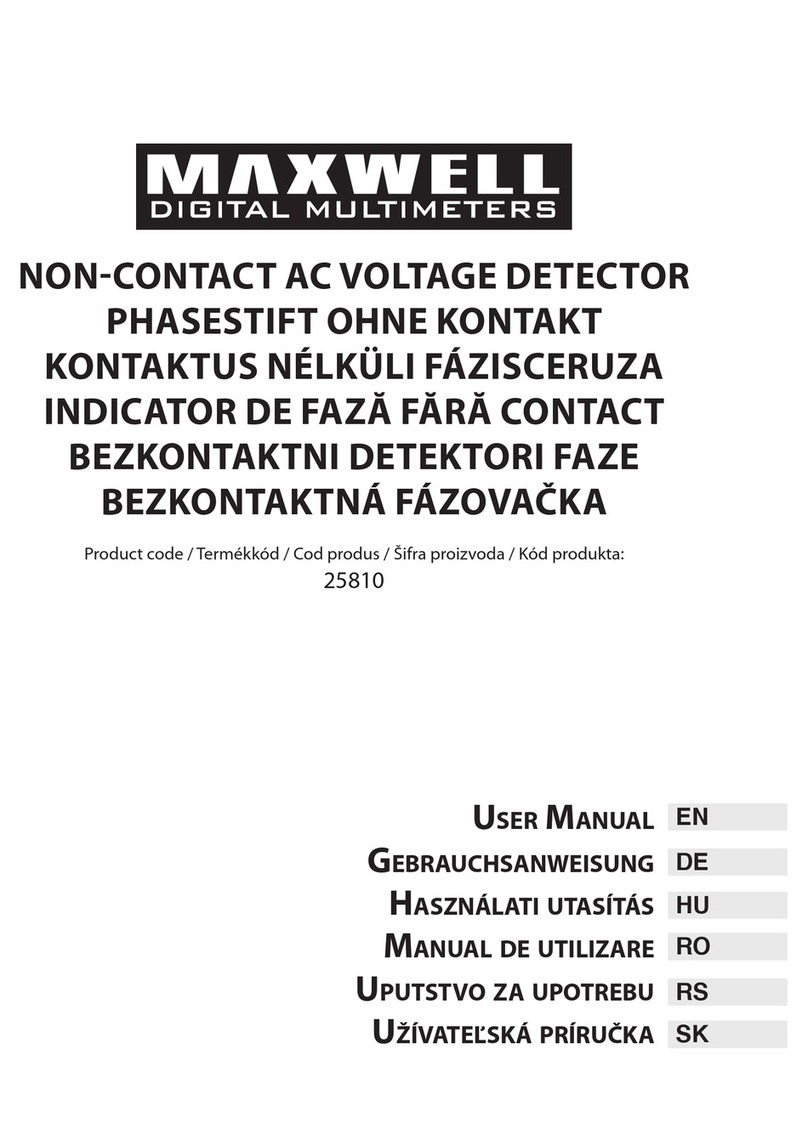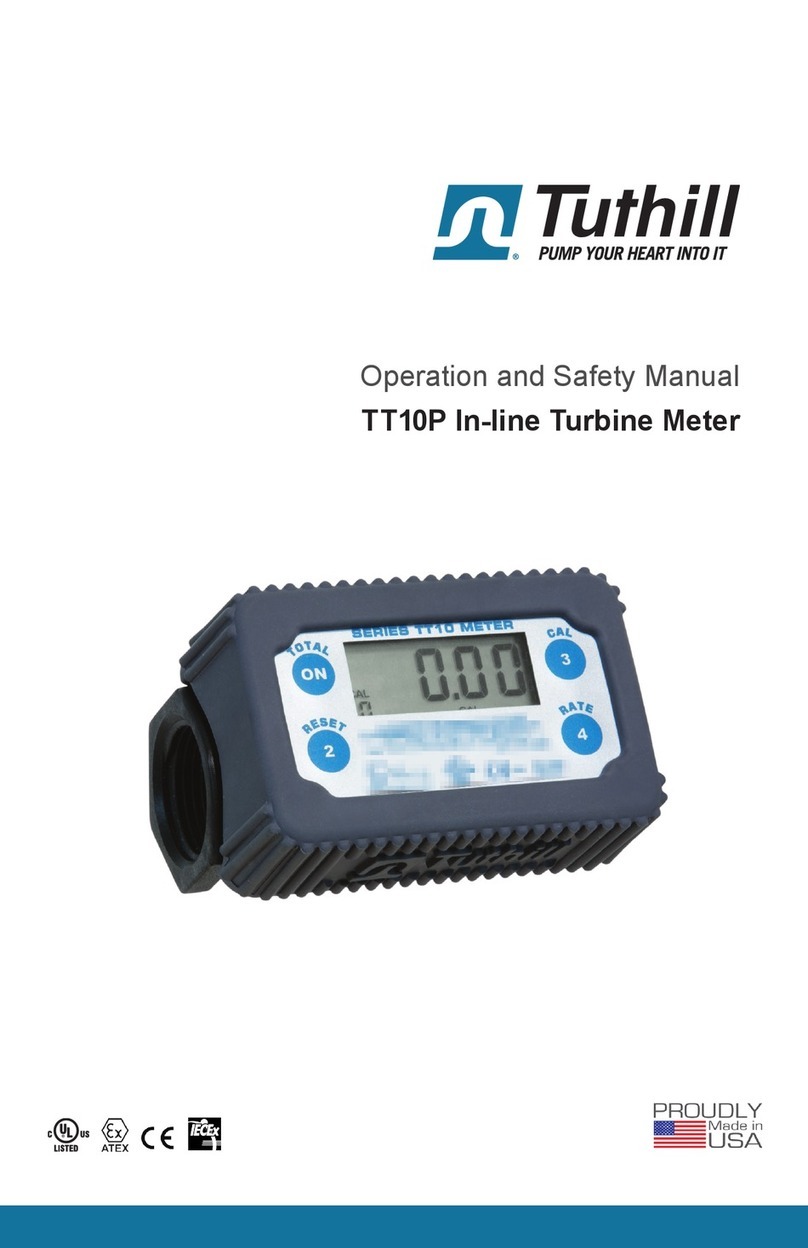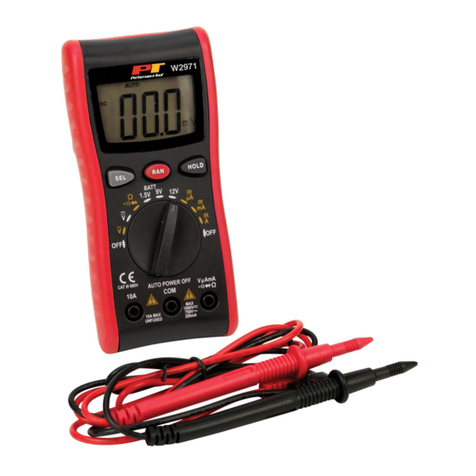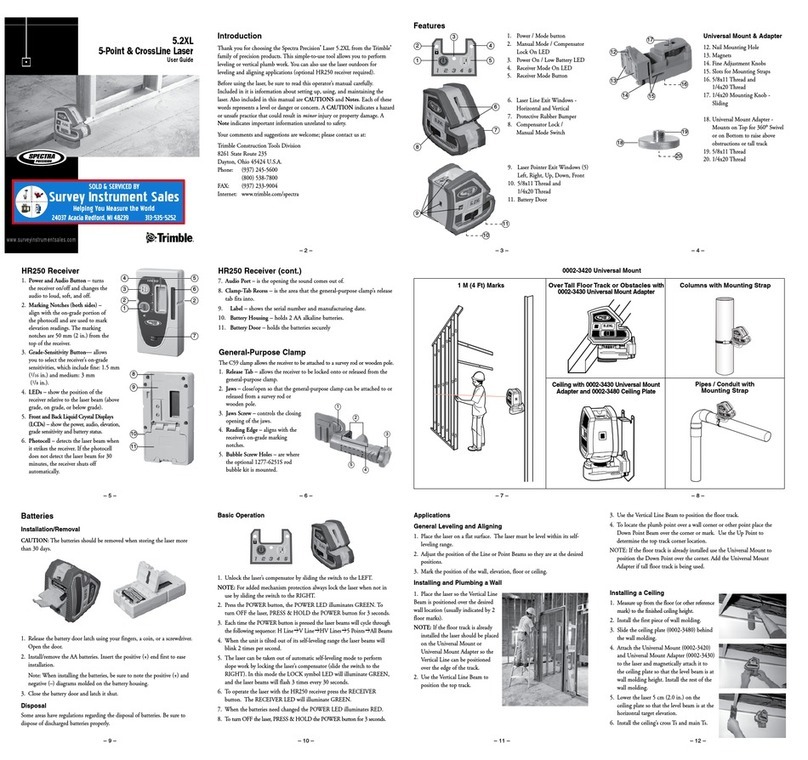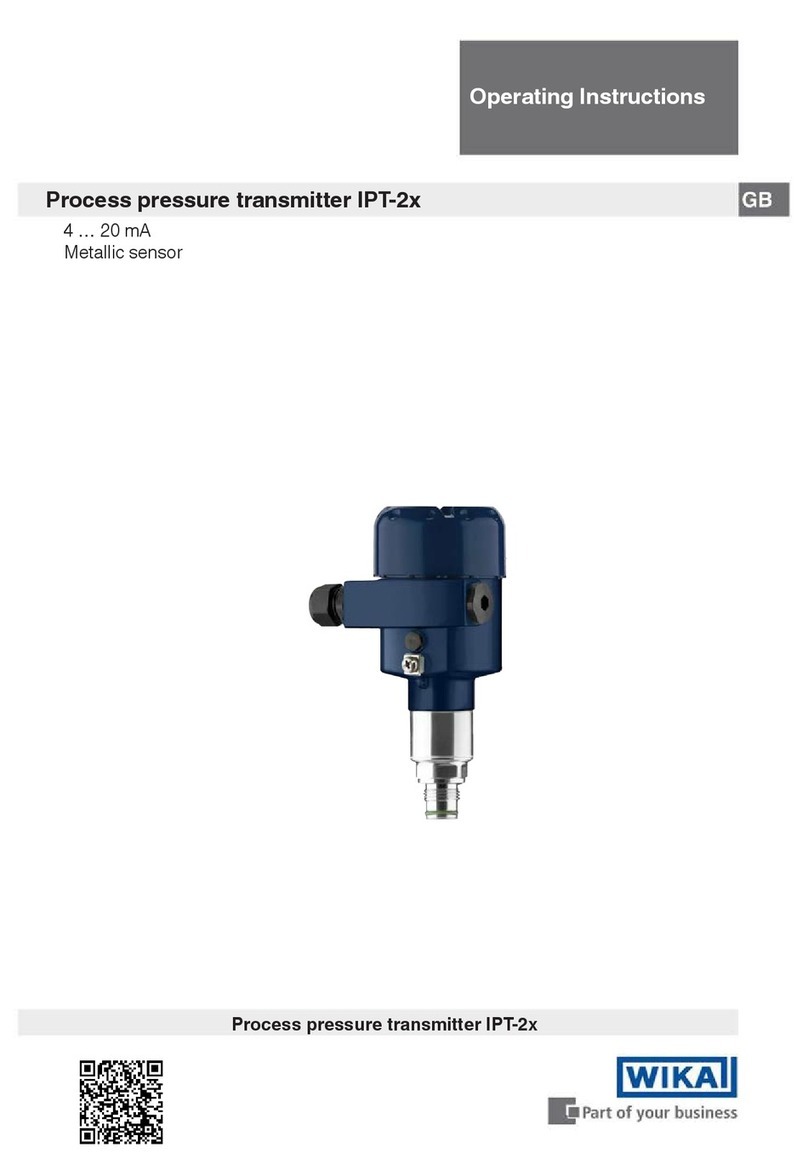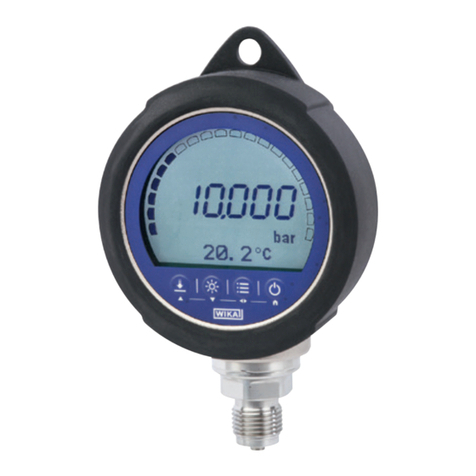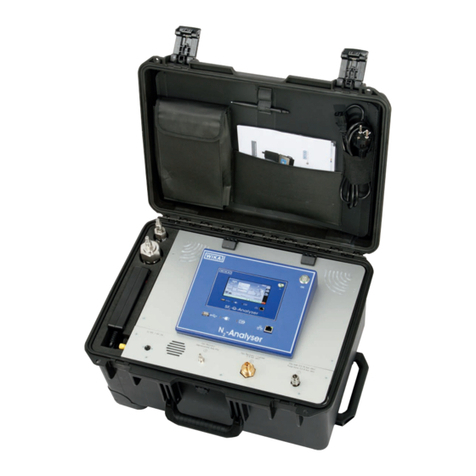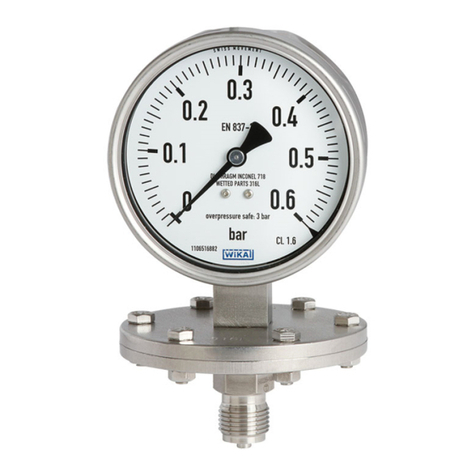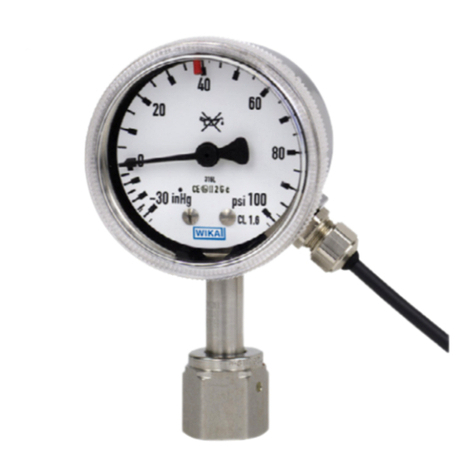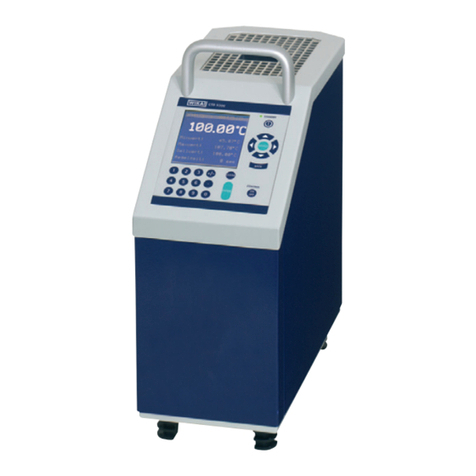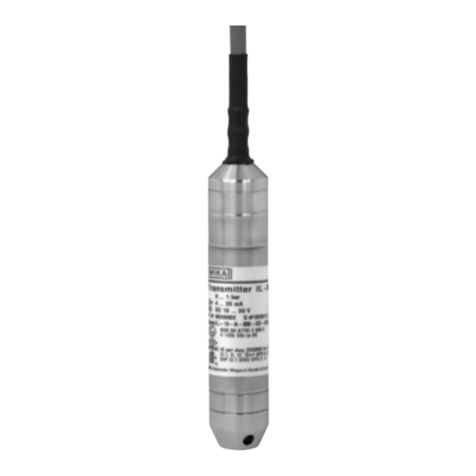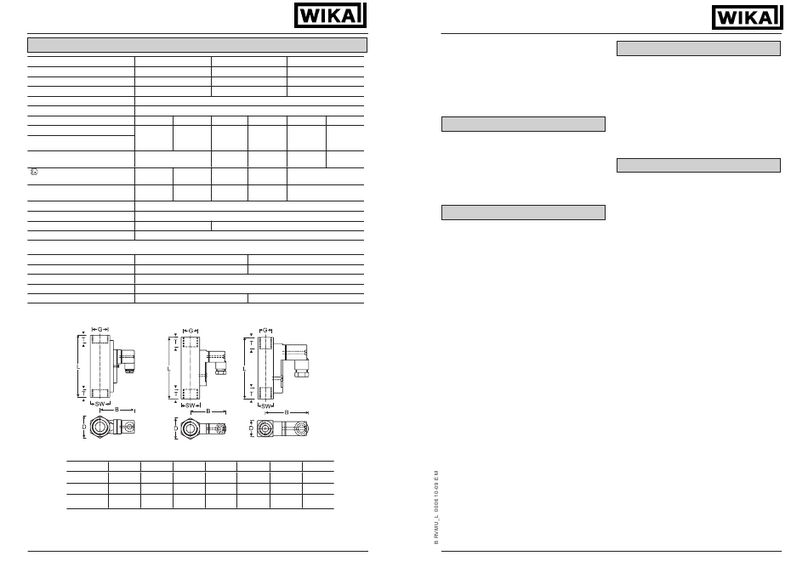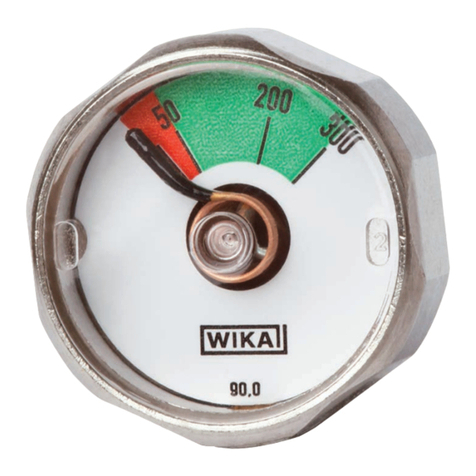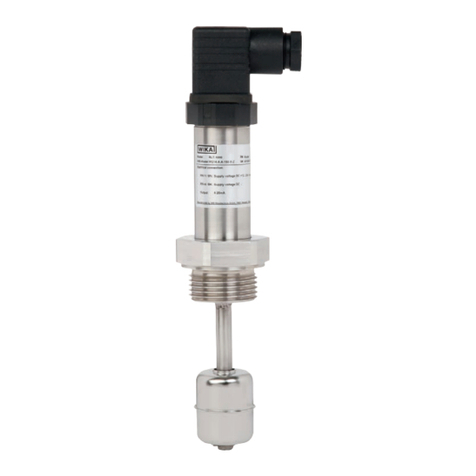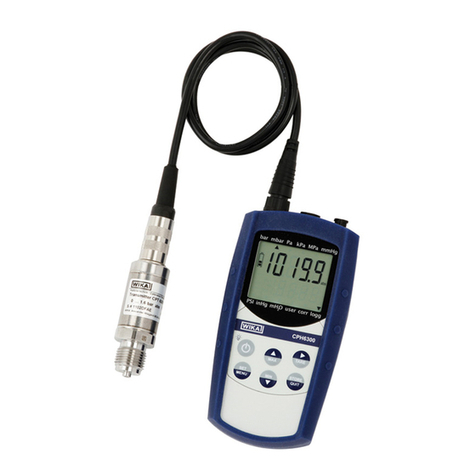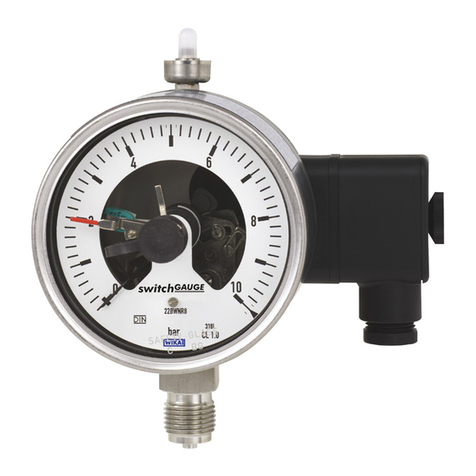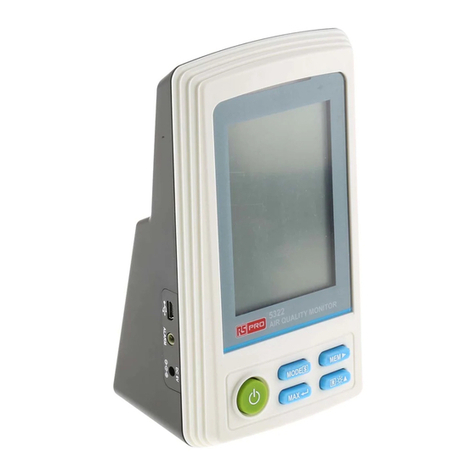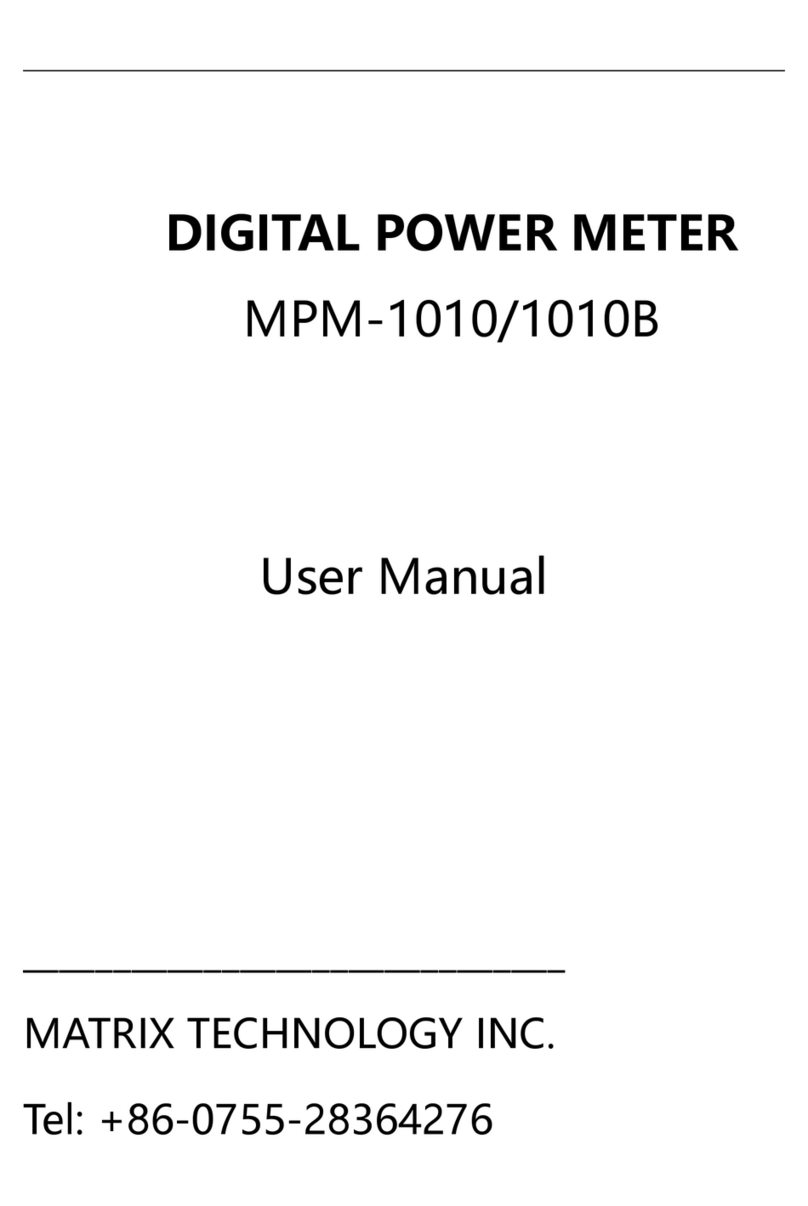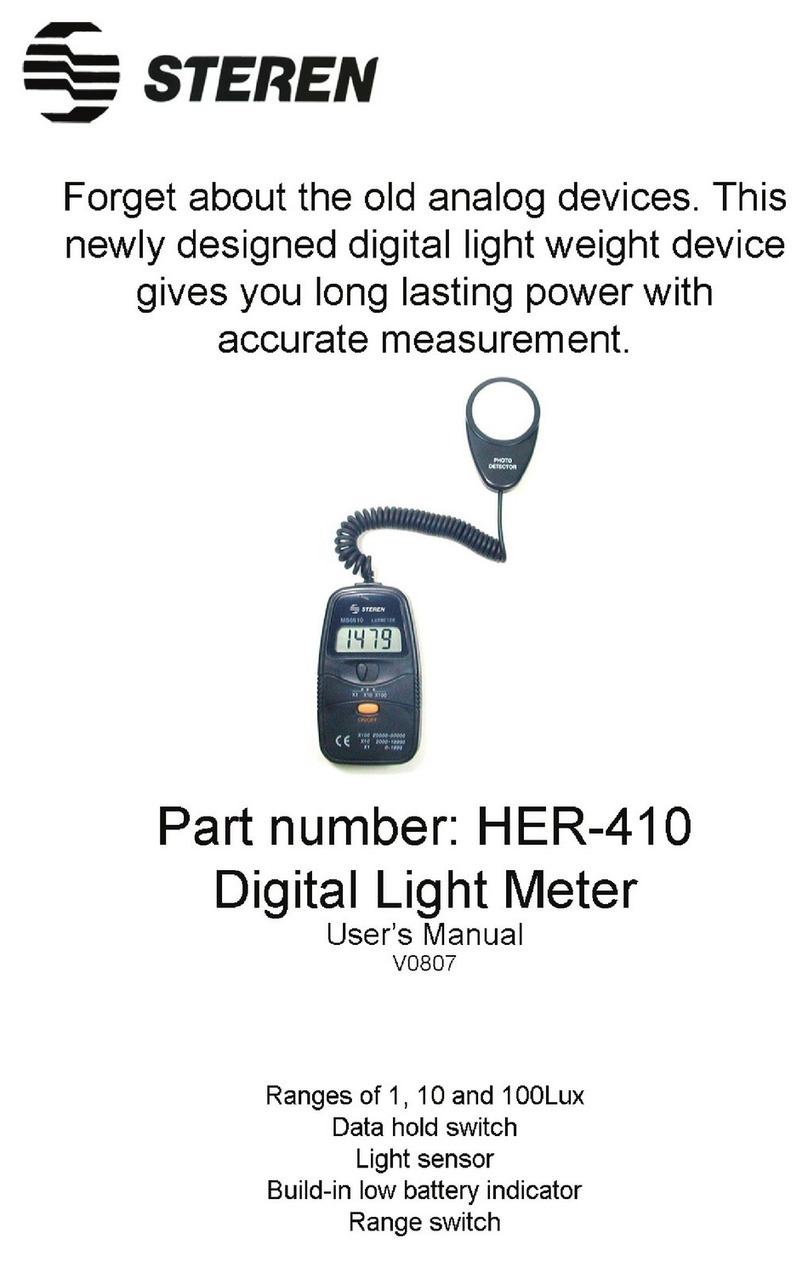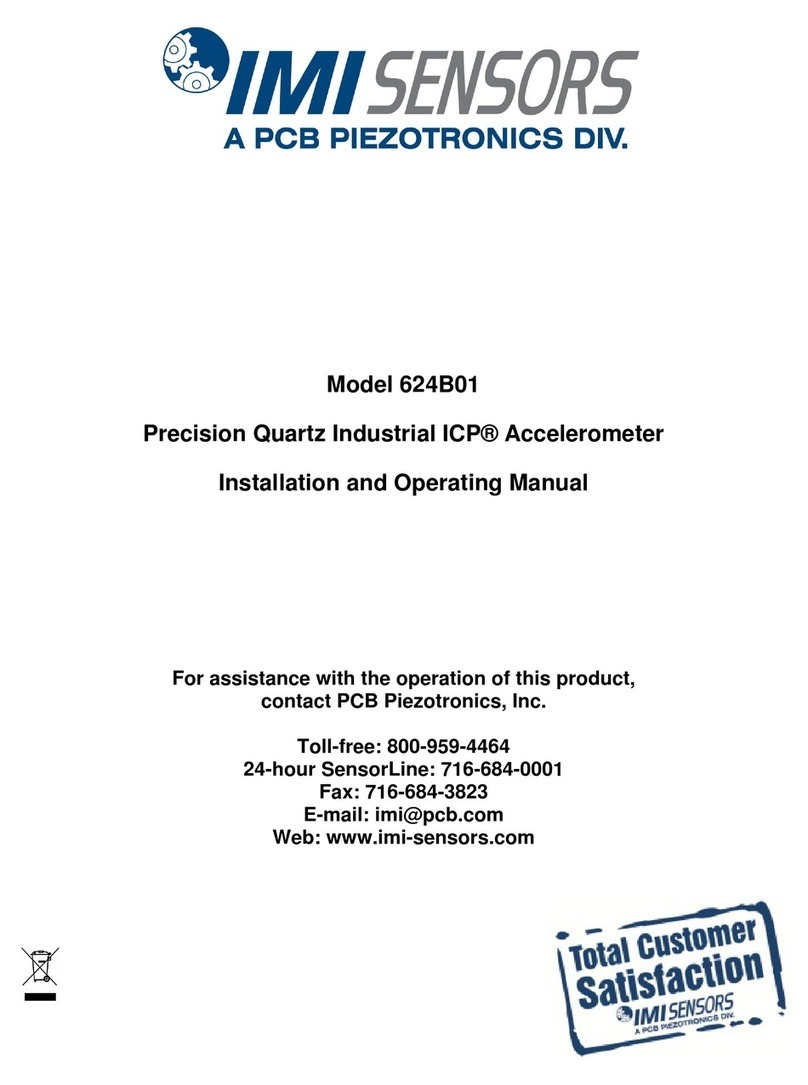
EN
14280102.02 02/2023 EN/DE/FR/ES
WIKA additional operating instructions TR12/TC12, intrinsically safe designs (Ex i)18
4. Special conditions of use (X conditions)
1)
Versions with Ø <3 mm or “grounded” versions are non-compliant with section 6.3.13
of IEC/EN 60079-11.Therefore, from a safety-relevant point of view, these intrinsically
safe circuits must be considered galvanically connected (“quasi grounded” ) to the
earth potential, which is why equipotential bonding must be secured for the entire instal-
lation of the intrinsically safe circuits. In addition, for the connection, separate conditions
in accordance with IEC/EN 60079-14 must be observed.
2) Electrostatic charges must be avoided in instruments, that due to their design, do not
conform to the electrostatic requirements in accordance with IEC/EN 60079-0 and IEC/
EN 60079-26.
3) The transmitters/digital indicators used must have their own EC-type examination certi-
ficate in accordance with IEC/EN.The installation conditions, the electrical connection
values, the temperature class respectively the maximum surface temperatures of devices
for the use in explosive dust atmospheres and the permissible ambient temperature shall
be taken from the corresponding EC-type examination certificate and shall be conside-
red.
4) Heat backflow from the process, that exceeds the permissible ambient temperature of
the transmitter, digital indicator or case must not be allowed to occur. It must be preven-
ted by installing suitable heat insulation or a neck tube of suitable length.
5) If the wall thickness is below 1 mm, the instruments must not be subjected to ambient
stresses that may have an adverse effect on the partition. Alternatively, a thermowell of
suitable minimum wall thickness may be used.
6) Using a thermowell/neck tube the instruments shall be constructed in a way that allows
an installation that results in a sufficiently tight joint (IP66 or IP67) or a flameproof joint
(IEC/EN 60079-1) towards the less hazardous area.
7)
Not relevant for this instrument (see X conditions in EC-type examination certificate)
8)
When cases are used, they must either have their own suitable EC-type examination
certificate or comply with the minimum requirements.
IP protection: at least IP 20 (at least IP6x for dust), applies to all cases
Light metal casings must comply with the relevant sections of the applicable standards.
In addition, non-metal cases or powder-coated cases must meet the electrostatic requi-
rements of the applicable standards or have an appropriate warning label.
9)
Accessible parts of ungrounded metal enclosures and accessible parts of metal enclo-
sures that are grounded but do not conform to section 6.5 of IEC/EN 60079-11 shall
conform to section 7.5 of IEC/EN 60079-0 or be marked with an appropriate warning
label.
4. Special conditions of use (X conditions)




















